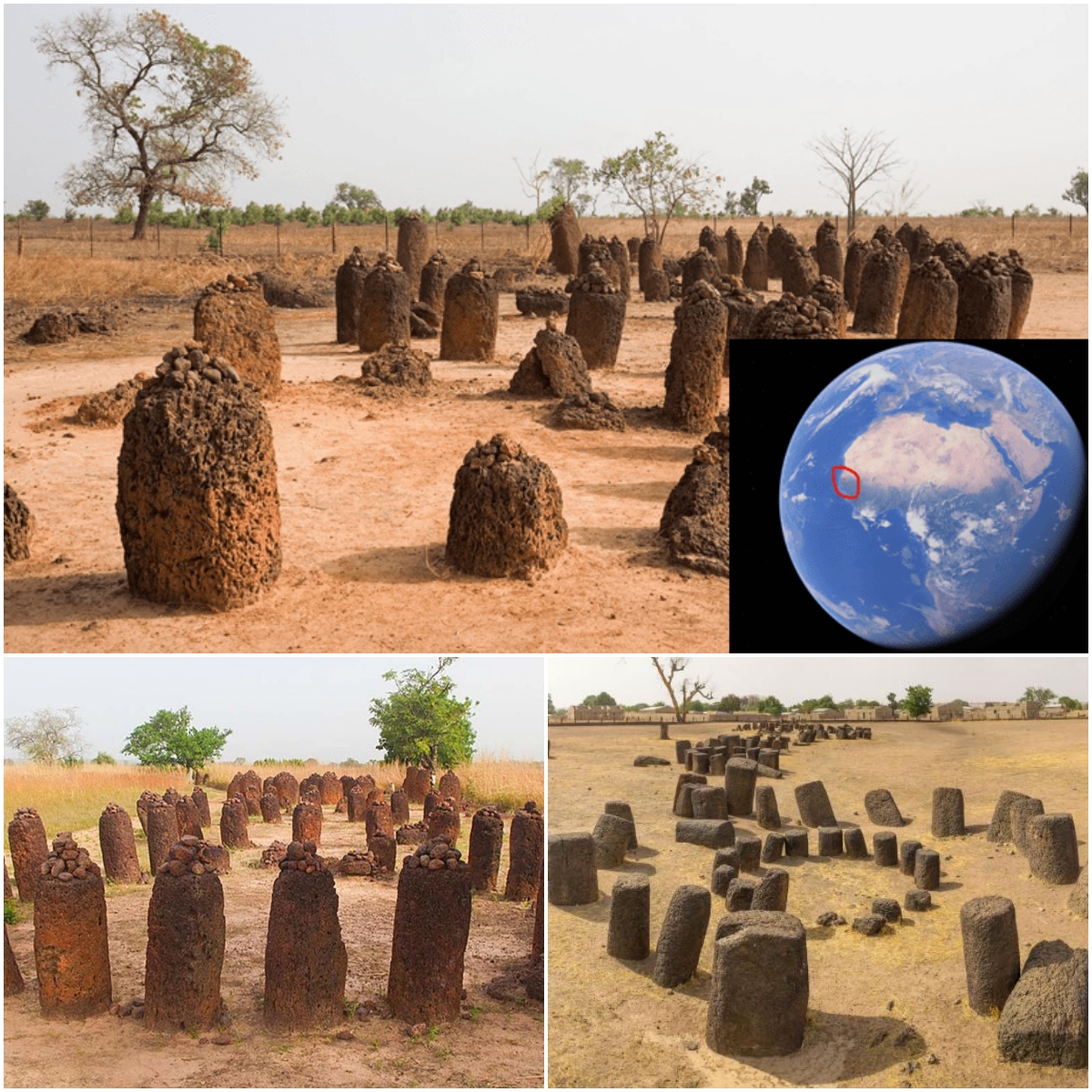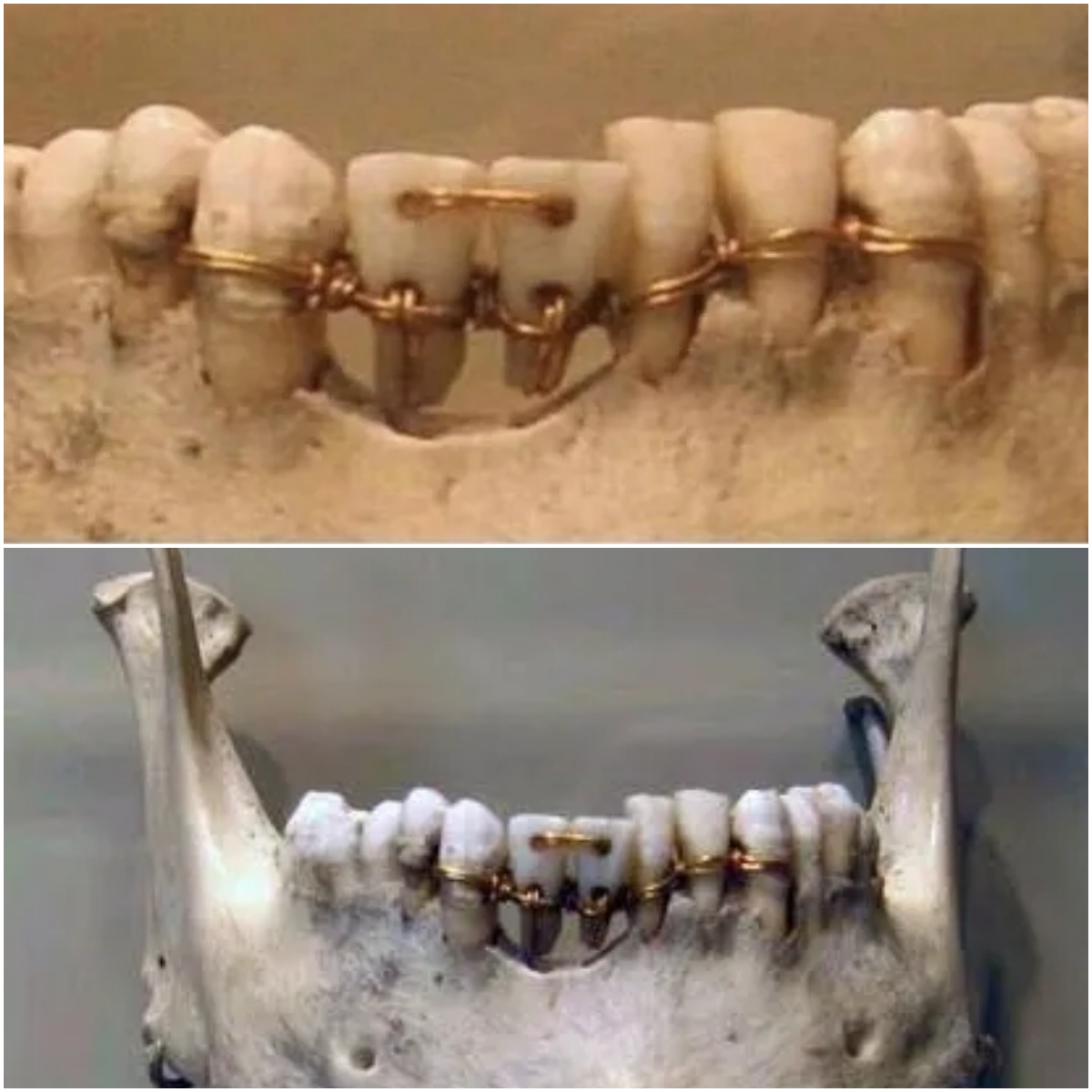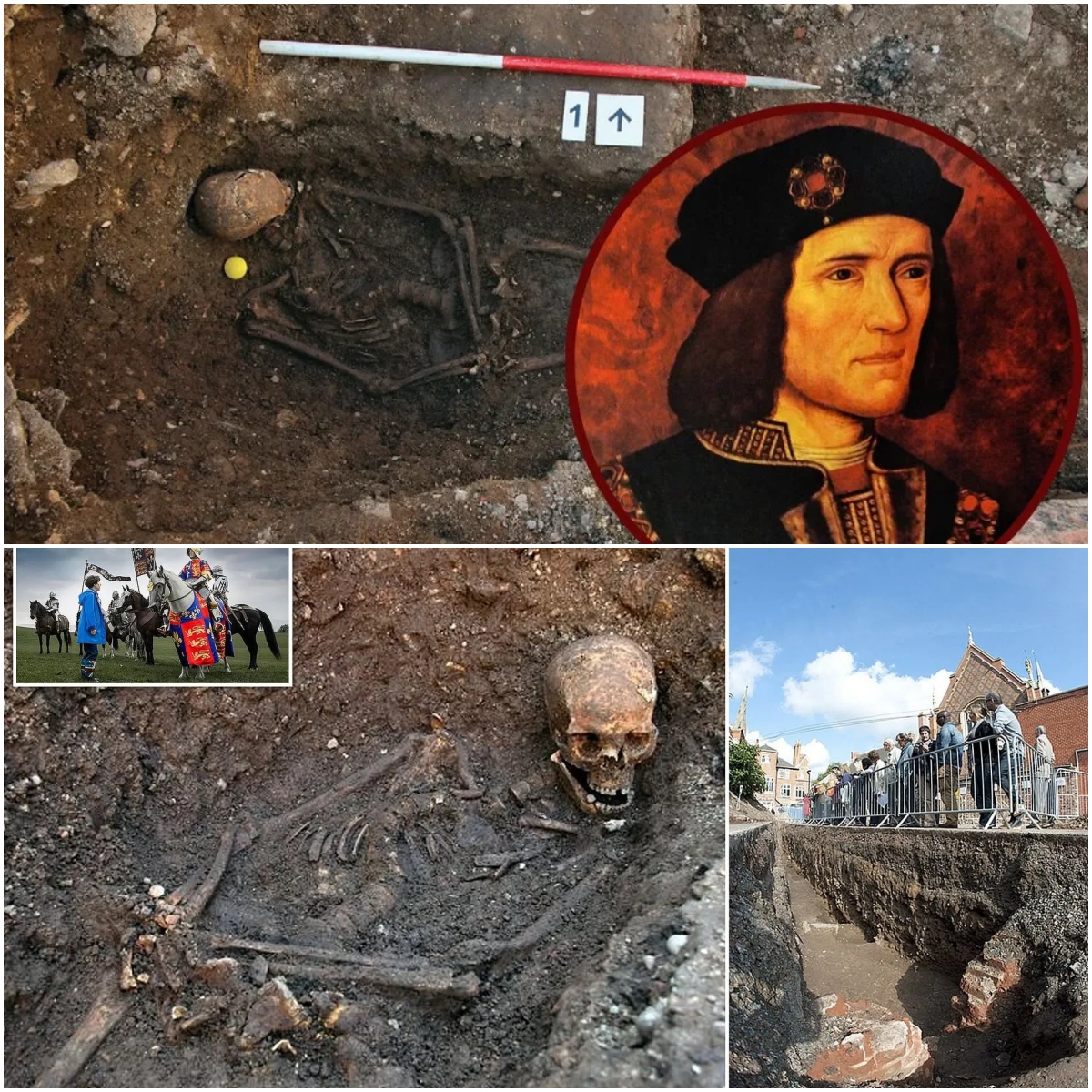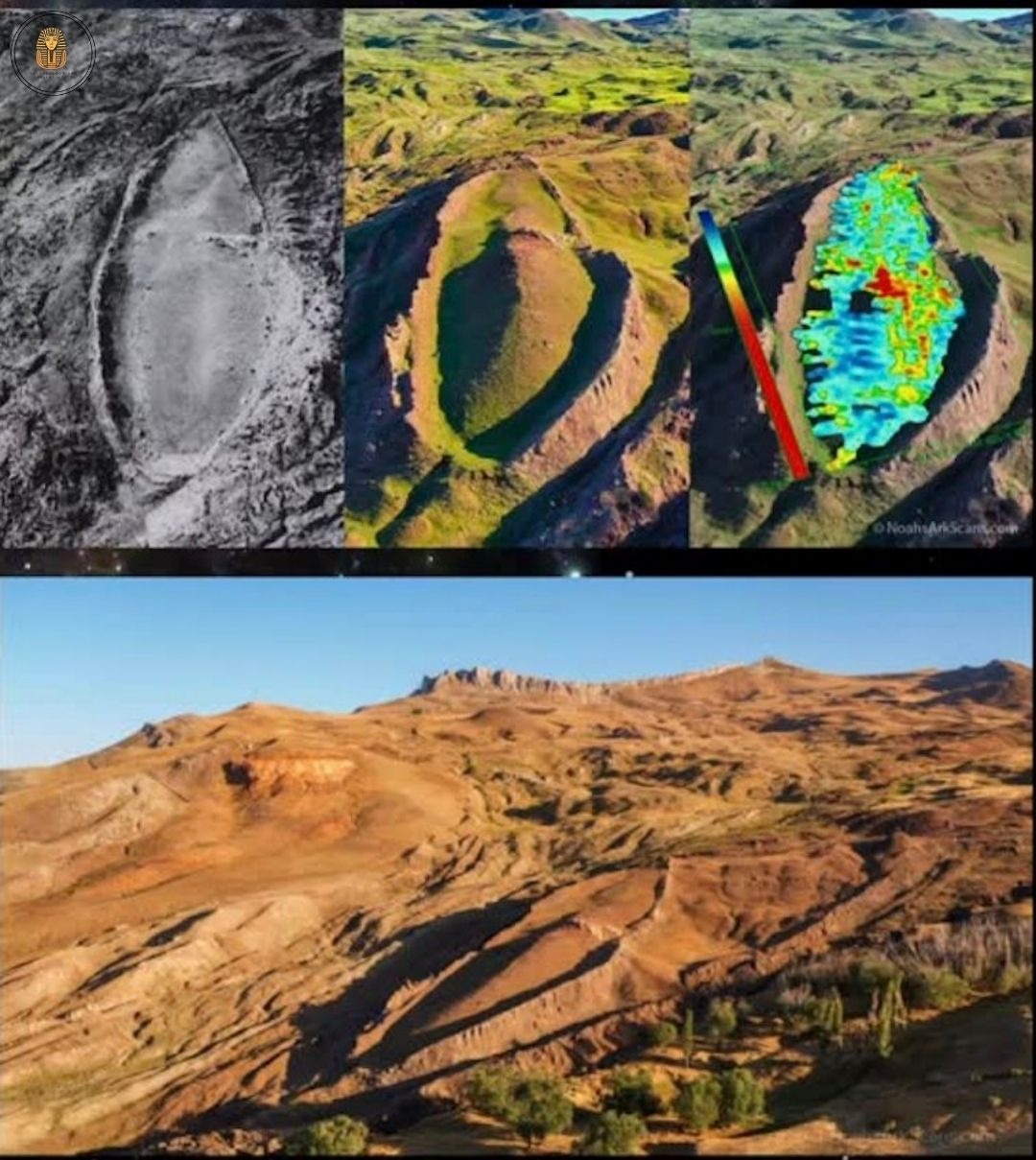They descended from heaven and ruled Egypt for 36,000 years, ancient papirs reveal.
The Turin King List found in ancient Egyptian papyri reveals that mysterious beings descended from the heavens and ruled for 36,000 years. Who were these figures who established themselves as “kings” for thousands of years in ancient Egypt?
For nearly a hundred years, archaeologists have tried to piece together fragments of this 3,000-year-old document written on a papyrus stalk. The Egyptian document lists all the Egyptian kings and the era in which they ruled. It revealed something that shook the community of historians to its core.
Hidden history in ancient Egypt
According to an ancient text, there was a time in ancient Egypt, before the land of the pharaohs was ruled by mortals, when beings from the heavens reigned over the earth. These mysterious beings, known as “gods” or “demigods,” lived and ruled ancient Egypt for thousands of years.
The mystery of the Turin King List
The Turin King List is a canon of scriptures from the Ramesside period. A “canon” is basically a collection or list of general scriptures or laws. The term comes from a Greek word meaning “rule” or “measuring rod.”
The Turin King List, also known as the Turin Royal Canon, is a hieratic papyrus believed to date to the reign of Ramesses II (1279–13 BC), the third king of the 19th Dynasty of ancient Egypt. The papyrus is currently housed in the Museo Egizio in Turin. The papyrus is believed to be the most extensive king list compiled by the Egyptians, and forms the basis for most of the chronology prior to the reign of Ramesses II.
Of all the ancient Egyptian king lists, the Turin list is arguably the most important. Although it has suffered considerable damage, it provides very useful information for Egyptologists and also somewhat coincides with Manetho’s historical compilation of ancient Egypt.
The discovery of the Turin King List

List of Kings of Turin
Written in an ancient Egyptian cursive writing system called hieratic, the Turin Royal Canon Papyrus was acquired in Thebes by the Italian diplomat and explorer Bernardino Drovetti in 1822, during his travels to Luxor.
Although it was initially almost intact and kept in a box with other papyri, the parchment crumbled into many fragments when it arrived in Italy, and had to be reconstructed and deciphered with great difficulty.
The French Egyptologist Jean-François Champollion (1790-1832) first assembled some 48 pieces of the puzzle. Later, the German-American archaeologist Gustavus Seyffarth (1796-1885) collected another hundred fragments. Historians continue to find and reconstruct the missing fragments of the Turin King List.
One of the most significant restorations was carried out in 1938 by Giulio Farina, the museum’s director. But in 1959, the British Egyptologist Gardiner proposed a different arrangement of the fragments, including the new pieces recovered in 2009.
Now consisting of 160 fragments, the Turin King List is missing two important sections: the introduction and the conclusion. It is believed that the name of the scribe of the Turin King List could be found in the introduction.
What is the Turin King List?
Ancient Egyptian king lists are lists of royal names that the ancient Egyptians recorded in some sort of order. These lists were often commissioned by pharaohs to boast about the antiquity of their royal lineage by listing all the pharaohs in an unbroken lineage (a dynasty).
Although it might initially seem like the most useful way to trace the reigns of the different pharaohs, it wasn’t very accurate because the ancient Egyptians were famous for omitting information they didn’t like or exaggerating information they thought made them look good.
It is said that these lists were not intended to provide historical information, but rather a form of “ancestor worship.” If you recall, we know that the ancient Egyptians believed the pharaoh was a reincarnation of Horus on earth and would be identified with Osiris after death.
Egyptologists used the lists to compare them with each other, as well as with data collected through other means, and then reconstruct the most logical historical record. The King Lists we know of to date include:
- Royal List of Thutmose III of Karnak
- Royal List of Sety I at Abydos
- The Palermo Stone
- Royal list of Ramses II at Abydos
- Saqqara tablet from the tomb of Tenroy
- Royal Canon of Turin (Turin King List)
- Rock inscriptions in Wadi Hammamat
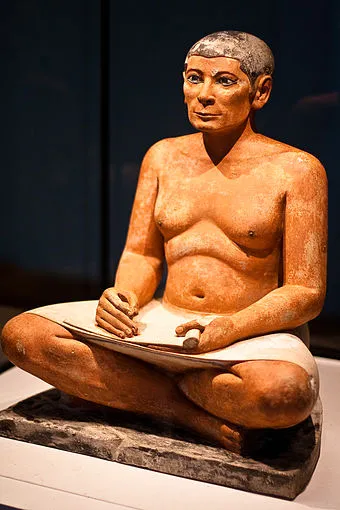
Why is the Turin Royal List so special in Egyptology?
All other lists were inscribed on hard surfaces intended to last for many lifetimes, such as tomb or temple walls or on rocks. However, one king list was exceptional: the Turin King List, also called the Turin Royal Canon, which was written on papyrus in hieratic script. It measures approximately 1.7 meters in length.
Unlike other king lists, the Turin King List lists all rulers, including minor ones and those considered usurpers. It also accurately records the length of reigns.
This king list appears to have been written during the reign of Ramses II, the great pharaoh of the 19th Dynasty. It is the most informative and accurate list and dates back to King Menes. It does not simply list the names of the kings, as most lists do, but offers other useful information, such as:
- The length of each king’s reign in years, in some cases even in months and days.
- Indicates the names of kings omitted in other king lists.
- It groups the kings by location and not by chronology.
- It even lists the names of the Hyksos rulers of Egypt.
- It dates back to a strange period of time when legendary gods and kings ruled Egypt.
Among these, the last point is an intriguing and unresolved part of Egyptian history. The most intriguing and controversial part of the Turin Royal Canon speaks of gods, demigods, and spirits of the dead who ruled physically for thousands of years.
The Royal Canon of Turin: Gods, demigods, and spirits of the dead who ruled for thousands of years
According to Manetho, the first “human king” of Egypt was Mena or Menes, in 4400 BC (naturally, “modern” scholars have replaced this date with a much more recent one). This king founded Memphis, having diverted the course of the Nile, and established a temple service there.
Before this time, Egypt had been ruled by gods and demigods, as reported by R.A. Schwaller de Lubicz, in ” Sacred Science: The King of Pharaonic Theocracy ” where the following statement is made:
Obviously, these final two lines of the column, which seem to represent a summary of the entire document, are extremely interesting and remind us of the Sumerian King List .
Naturally, modern materialistic science cannot accept the physical existence of gods and demigods as kings, and therefore dismisses these timelines. However, these timelines—the “Long List of Kings”—are (partially) mentioned in several credible historical sources, including other Egyptian King Lists.
The mysterious Egyptian reign described by Manetho
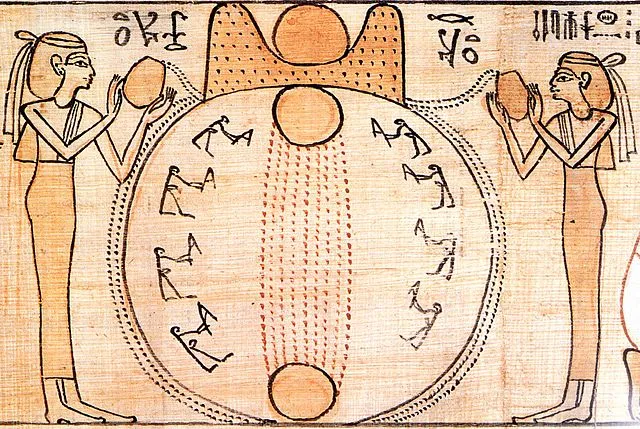
Manetho, historian of Egypt.
If we are to allow Manetho, chief priest of Egypt’s cursed temples, to speak for himself, we have no choice but to turn to the texts in which fragments of his work are preserved. One of the most important is the Armenian version of Eusebius’s Chronicle . It begins by informing us that it is taken ” from the Egyptian History of Manetho, who composed his account in three books. These deal with the gods, the demigods, the spirits of the dead, and the mortal kings who ruled Egypt .”
Quoting Manetho directly, Eusebius begins by enumerating a list of gods that consists essentially of the well-known Ennead of Heliopolis: Ra, Osiris, Isis, Horus, Set, etc. These were the first to dominate Egypt.
The total of all these periods adds up to 24,925 years. In particular, it is repeatedly said that Manetho gave the enormous figure of 36,525 years for the entire duration of Egyptian civilization from the time of the gods to the end of the 30th (and last) dynasty of mortal kings.
What did the Greek historian Diodorus Siculus discover about Egypt’s mysterious past?
Manetho’s description finds considerable support among many classical writers. In the first century BC, the Greek historian Diodorus Siculus visited Egypt. C.H. Oldfather, his most recent translator, aptly describes him as an uncritical compiler who used good sources and reproduced them faithfully.
In other words, what this means is that Diodorus did not attempt to impose his prejudices and preconceived ideas on the material he collected. Hence, it is especially valuable to us because among his informants were Egyptian priests whom he questioned about their country’s mysterious past. This is what they told Diodorus:
«In the beginning, gods and heroes ruled Egypt for just under 18,000 years, the last of the gods to rule being Horus, the son of Isis… Mortals have been kings of their country, they say, for just under 5,000 years.»
What did Herodotus discover about Egypt’s mysterious past?
Long before Diodorus, Egypt was visited by another, more illustrious Greek historian: the great Herodotus, who lived in the 5th century BC. He, too, apparently associated with priests and was able to connect with traditions that spoke of the presence of a highly advanced civilization in the Nile Valley at an undetermined date in remote antiquity.
Herodotus outlines these traditions from an immense period of prehistoric Egyptian civilization in Book II of his History. In the same document, he also passes on to us, without comment, a peculiar nugget of information that originated among the priests of Heliopolis:
“During this time,” they said, “there were four occasions when the sun rose from its usual place—twice rising where it now sets, and twice setting where it now rises.”
Zep Tepi – the “First Time” in Ancient Egypt
The ancient Egyptians spoke of the First Time, Zep Tepi, when the gods ruled their country: they said it was a golden age during which the waters of the abyss receded, the primordial darkness was banished and humanity, emerging into the light, was offered the gifts of civilization.
They also spoke of intermediaries between gods and men: the Urshu, a category of minor deities whose title meant “the Watchers.” And they retained particularly vivid memories of the gods themselves, powerful and beautiful beings called Neteru, who lived on earth with humanity and exercised their sovereignty from Heliopolis and other sanctuaries along the Nile.
Some of these Neteru were men and others were women, but all possessed a range of supernatural powers, including the ability to appear, at will, as men or women, or as animals, birds, reptiles, trees, or plants. Paradoxically, their words and actions seem to reflect human passions and concerns. Furthermore, although they were presented as stronger and more intelligent than humans, they were believed to be capable of falling ill—or even dying or being killed—under certain circumstances.
What would we have learned about the “First Time” if the Turin Canon had been preserved intact?
The surviving fragments are tantalizing. In one register, for example, we read the names of ten Neteru, each inscribed on a cartouche (an oblong enclosure) in a style very similar to that adopted in later periods for the historical kings of Egypt. The number of years each Neteru was believed to have reigned was also indicated, but most of these numbers are missing from the damaged document.
In another column appears a list of the mortal kings who ruled in Upper and Lower Egypt after the gods but before the supposed unification of the kingdom under Menes, the first pharaoh of the First Dynasty, in 3100 BC.
From the preserved fragments it is possible to establish that nine “dynasties” of these predynastic pharaohs were mentioned, among which were “the Venerables of Memphis”, “the Venerables of the North” and, finally, the Shemsu Hor (the Companions, or Followers, of Horus) who ruled until the time of Menes.
The other king list that deals with prehistoric times and the legendary kings of Egypt is the Palermo Stone . Although it doesn’t take us as far back in time as the Turin Canon Papyrus, it provides details that challenge our conventional history.
Conclusion:
As usual, king lists leave much to be debated, and the Turin King List is no exception. Still, it remains one of the most useful pieces of information on the ancient Egyptian pharaohs and their reigns.
Did you enjoy this article? Follow us on our Facebook page: Planeta Maldek so you don’t miss any content. You can also visit our homepage and access all the articles. You can also follow us on Telegram to instantly receive the information we publish here. Thanks for joining!


